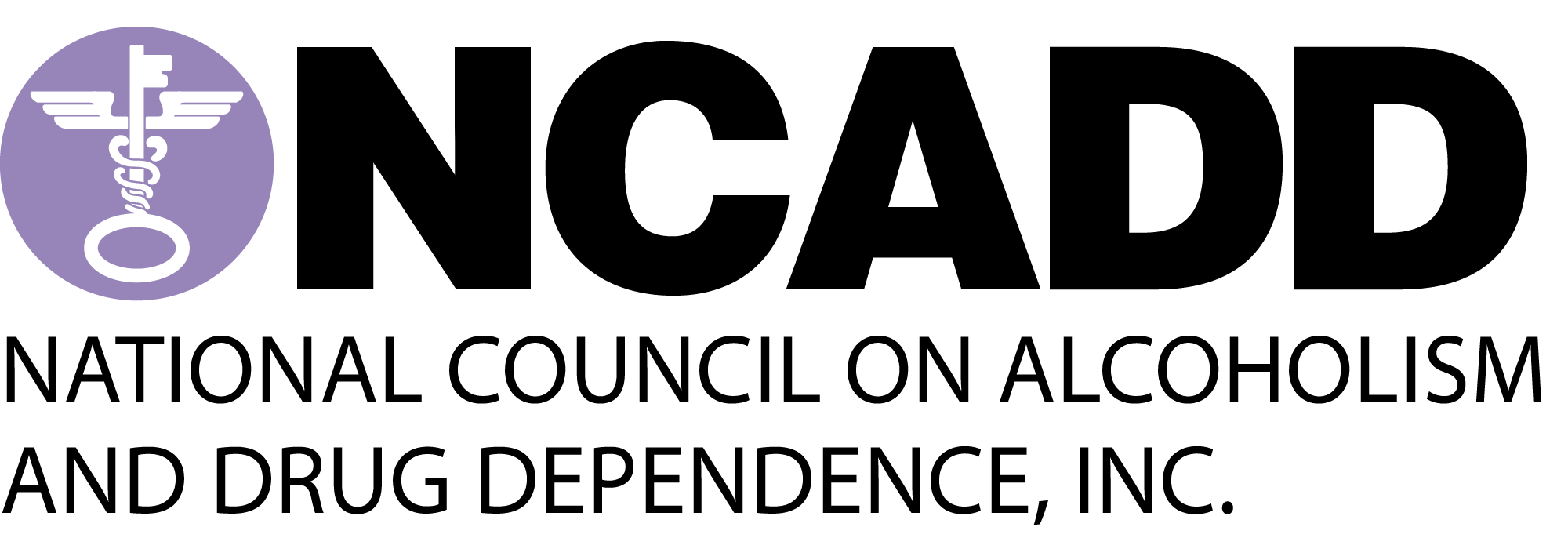What is Addiction?
What You Need to Know About Addiction in Four Minutes: Addiction Policy Forum Releases Dramatic, Understandable Video on Opioids’ Brain Impact, Prevention, and Treatment. Want to better understand the brain science of #addiction? Watch this short explainer video.
People experiment with alcohol and drugs for many different reasons. Many first try them out of curiosity, to have a good time, because friends are doing it, or in an effort to improve athletic performance or ease another problem, such as stress, anxiety, or depression. Use doesn’t automatically lead to abuse, and there is no specific level at which alcohol and drug use moves from casual to problematic. It varies by individual. Drug abuse and addiction is less about the amount of substance consumed or the frequency, and more to do with the consequences of drug use. No matter how often or how little you’re consuming, if your drug use is causing problems in your life—at work, school, home, or in your relationships—you likely have a drug abuse or addiction problem.
Learning About Addiction
Many people do not understand why or how other people become addicted to drugs. It is often mistakenly assumed that drug abusers lack moral principles or willpower and that they could stop using drugs simply by choosing to change their behavior. In reality, drug addiction is a complex disease, and quitting takes more than good intentions or a strong will.
If you’re worried about your own or a friend or family member’s drug use, it’s important to know that help is available. Learning about the nature of drug abuse and addiction—how it develops, what it looks like, and why it can have such a powerful hold—will give you a better understanding of the problem and how to best deal with it.
How to Help
Why Do Some People Become Addicted While Others Do Not?
No single factor can predict whether a person will become addicted to drugs. Risk for addiction is influenced by a combination of factors that include individual biology, social environment, and age or stage of development. The more risk factors an individual has, the greater the chance that taking drugs can lead to addiction. For example:
- Biology. The genes that people are born with—in combination with environmental influences—account for about half of their addiction vulnerability. Additionally, gender, ethnicity, and the presence of other mental disorders may influence risk for drug abuse and addiction.
- Environment. A person’s environment includes many different influences, from family and friends to socioeconomic status and quality of life in general. Factors such as peer pressure, physical and sexual abuse, stress, and quality of parenting can greatly influence the occurrence of drug abuse and the escalation to addiction in a person’s life.
- Development. Genetic and environmental factors interact with critical developmental stages in a person’s life to affect addiction vulnerability. Although taking drugs at any age can lead to addiction, the earlier that drug use begins, the more likely it will progress to more serious abuse, which poses a special challenge to adolescents. Because areas in their brains that govern decision making, judgment, and self-control are still developing, adolescents may be especially prone to risk-taking behaviors, including trying drugs of abuse.
Impact on Society
Beyond the negative consequences for the individual that drug abuse and addiction can have for individuals, there is also a significant impact on society at large. Estimates of the total overall costs of substance abuse in the United States, including productivity and health- and crime-related costs, exceed $600 billion annually. This includes approximately $193 billion for illicit drugs, $193 billion for tobacco, and $235 billion for alcohol. As staggering as these numbers are, they do not fully describe the breadth of destructive public health and safety implications of drug abuse and addiction, such as family disintegration, loss of employment, failure in school, domestic violence, and child abuse.
Prevention Is the Key
Drug addiction is a preventable disease. Research has shown that prevention programs involving families, schools, communities, and the media are effective in reducing drug abuse. Although many events and cultural factors affect drug abuse trends, when youths perceive drug abuse as harmful, they reduce their drug taking. Thus, education and outreach are key in helping youth and the general public understand the risks of drugs and drug dependence.
Learn more about addiction prevention
